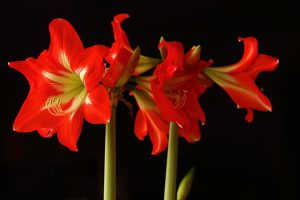Can hostas grow in full shade? Let’s dig into this topic to determine where hostas thrive best, how to care for them, and some tips for using them in your garden design.
Understanding the Natural Habitat of Hostas
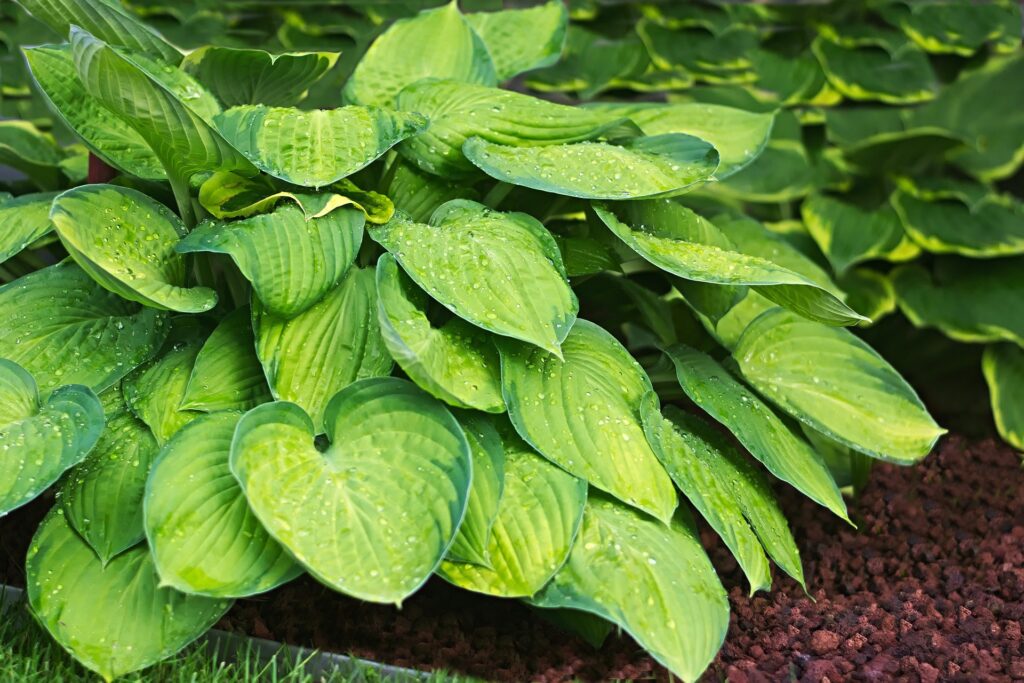
To grasp the adaptable nature of hostas, it’s essential to understand where they originate. Native to northeastern Asia, particularly Japan, Korea, and China, hostas naturally thrive in forested areas. These regions provide the cool, moist environments that hostas enjoy, leading to the common perception that shade-loving plants are optimal for their growth.
In their native habitat, hostas often grow under the canopy of taller trees, receiving filtered sunlight rather than harsh, direct rays. This is why many gardeners assume that hostas are shade plants. Given this background, let’s answer the question: can hostas thrive in full shade?
The Ideal Light Conditions for Hostas
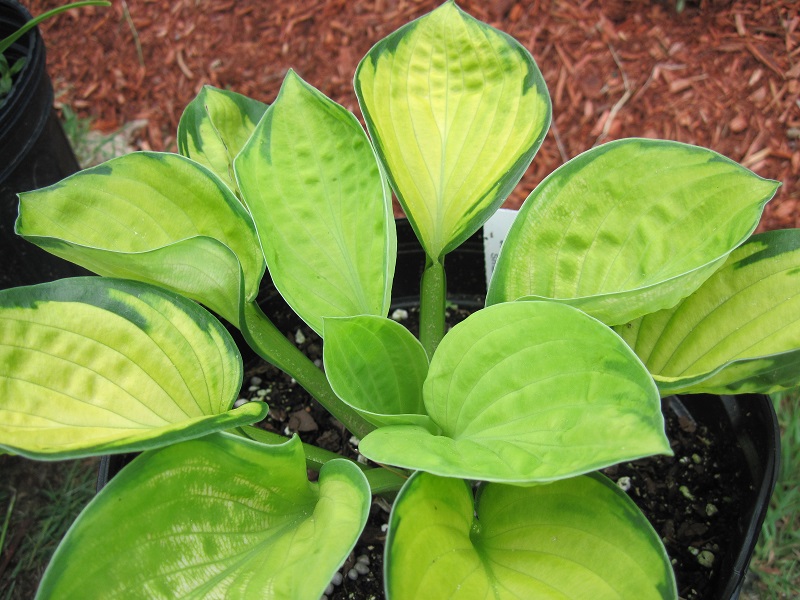
Hostas are known for their flexibility in light conditions. They can tolerate a range of light exposure from full sun to full shade. However, the term “full shade” can be somewhat misleading. In gardening parlance, full shade typically refers to areas that receive less than three hours of direct sunlight each day.
While hostas can grow in full shade, there are some nuances to consider. Generally, hostas:
Thrive in Partial Shade: They flourish best in environments that receive filtered sunlight or partial shade. About 3 to 6 hours of light is ideal for optimal growth and foliar color.
Survive in Full Shade: Hostas can survive in full shade but will likely produce fewer flowers and may exhibit slow growth. The absence of light means that the photosynthesis process, essential for vigorous growth, is not as effective.
Color Variations: The color of hosta leaves can be affected by the light they receive. Varieties with darker leaves tend to prefer more shade, while lighter, variegated types can withstand more light.
So, What Does “Full Shade” Mean for Hostas?
In landscaping, identifying the right spot for hostas can hinge on understanding the varying degrees of shade. Full shade can sometimes impede growth, causing hostas to become leggy and sparse. For those gardeners keen on using hostas in shaded corners of their garden, ensuring some exposure to indirect sunlight can make a significant difference.
Choosing the Right Hosta Varieties for Shade
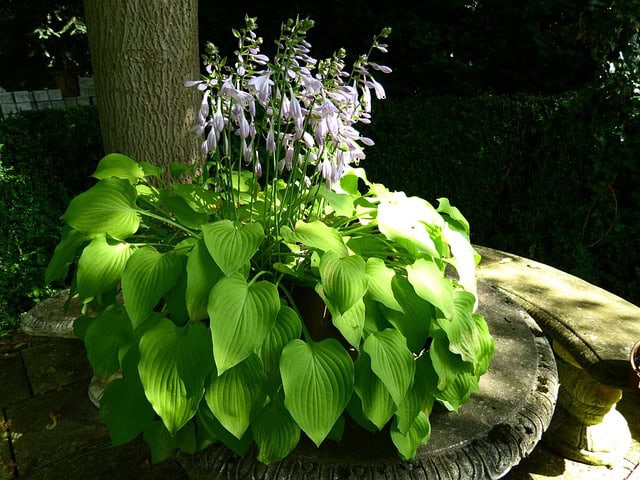
Selecting the best variety of hosta is crucial if you plan to place them in shady areas. Certain types are bred for tolerating low light conditions better than others. Here are a few hosta varieties that excel in full shade:
Hosta ‘Frances Williams’: This variety showcases stunning blue-green leaves with a golden-yellow edge. It can handle shade quite well and maintains its vibrant colors even without much sun.
Hosta ‘Sum and Substance’: Known for its enormous leaves, this hosta thrives in shady areas due to its robust nature. It’s a wonderful choice for gardeners looking for a bold statement in low-light spots.
Hosta ‘June’: This beloved cultivar does well in partial to full shade and offers beautiful variegated leaves displaying shades of blue and gold.
Hosta ‘Haiku’: Compact and low-growing, Haiku is perfect for smaller spaces, and its thick leaves are able to withstand shady conditions effectively.
Before planting, it’s advisable to research the specific light and soil requirements of each hosta variety. Paired with the proper shade level, these plants can navigate their way to impressive growth.
Soil Conditions for Hostas in Shade
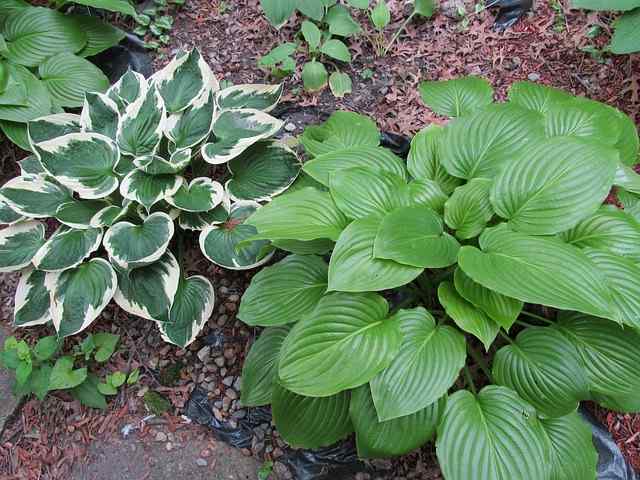
Beyond light, soil quality plays a pivotal role in the overall health of hostas. These plants gravitate toward well-draining, moisture-retentive soils enriched with organic matter. Here are some key points to consider when preparing your garden for hostas in shaded areas:
Rich Organic Matter: Hostas benefit from soils enriched with compost or well-rotted manure, improving drainage and providing essential nutrients.
pH Levels: Hostas prefer slightly acidic to neutral soil, with pH levels ranging from 6.0 to 7.5. If you suspect your soil might be too alkaline, consider testing it and amending accordingly.
Moisture Retention: In shady areas, soil can become overly damp, leading to root rot. Ensure the soil has excellent drainage while retaining sufficient moisture for hostas to absorb during dry spells.
Aeration: It’s essential to loosen compacted soil; hostas prefer aerated soil conditions. This allows easier root expansion and improves access to nutrients and moisture.
Maintaining these soil conditions can enhance the growth of hostas in full shade, setting them up for success in your garden.
Watering Hostas in Shade
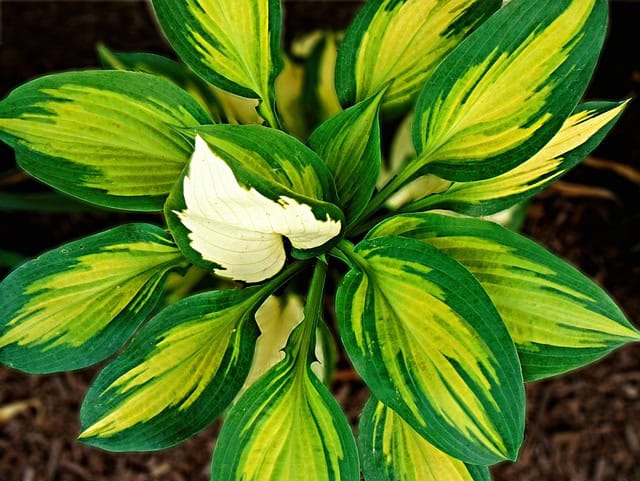
Watering techniques play a vital role in the health of hostas, particularly in shaded areas. The cooler temperatures and reduced evaporation rates in these zones can impact watering needs. Here are some hydration tips:
Consistency is Key: Hostas enjoy consistently moist soil. Although moist is great, you must ensure it’s not soggy, especially in shaded areas where soil can retain water longer.
Layered Approach: Use mulch to help retain moisture and suppress weeds while allowing for adequate airflow around the plants. Organic mulch can also decompose over time, releasing more nutrients into the soil.
Check Soil Moisture: Regularly monitor soil moisture by inserting your finger or a stick about an inch into the soil. If it feels dry, it’s time to water gently and thoroughly.
Adjust for Rainfall: Make adjustments based on rainfall, as shaded areas may not dry out as quickly as sunnier spots. Observe your hostas and adjust accordingly for optimum health.
A keen eye on watering habits will support healthy, vibrant hostas, even in full shade.
Fertilizing Hostas in Shade
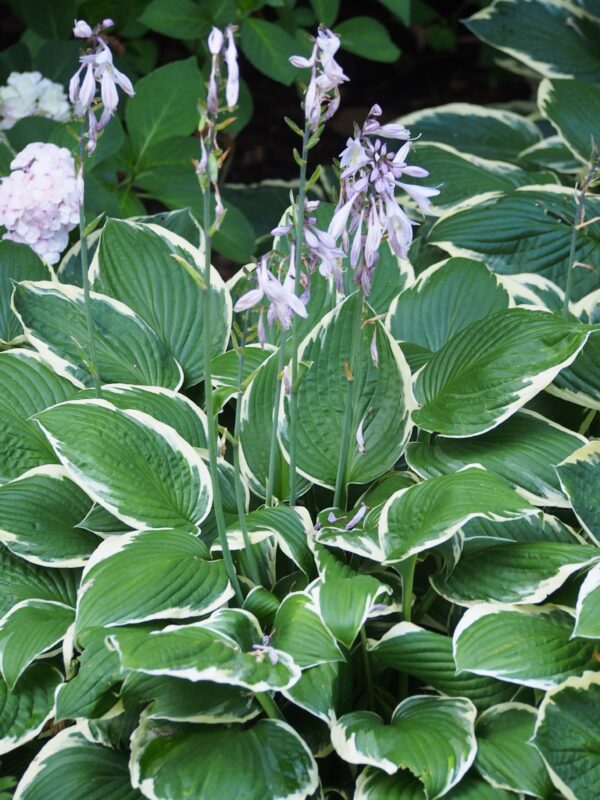
Just like any other plant, hostas in full shade require periodic feeding for optimal growth. Fertilization can help keep hostas healthy, particularly in nutrient-depleted soils. Here are some fertilizer guidelines:
Timing: Early spring is the best time to fertilize hostas, just as new growth is beginning. This is when the plant can actively absorb nutrients.
Type of Fertilizer: A balanced, slow-release fertilizer works wonders. For hostas, consider using a fertilizer that is low in nitrogen to avoid promoting excessive leaf growth at the expense of flowers.
Organic Options: Organic fertilizers like composted manure, worm castings, or fish emulsion can enrich the soil without the risk of burning delicate roots.
Application Rates: Always follow the manufacturer’s recommendations regarding application rates. Over-fertilizing can lead to weak stems and lush foliage that is more prone to disease.
Fertilizing with care helps ensure your hostas remain vigorous and vibrant even under the canopy of tree cover.
Pest and Disease Management
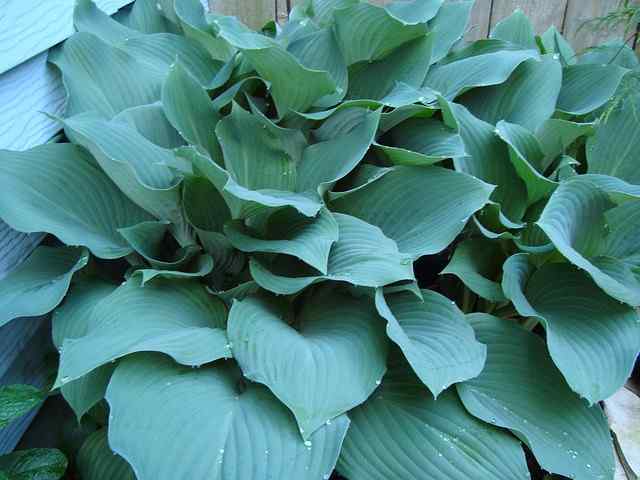
One of the beautiful aspects of hostas is their relatively low maintenance requirements. However, like many plants, they can be susceptible to pests and diseases, especially when growing in dimly lit environments. Here’s how to safeguard your hostas:
Common Pests: Slugs and snails are perhaps the most notorious enemies of hostas. They thrive in moist conditions, so take preventive measures like spreading diatomaceous earth or using slug traps.
Fungal Diseases: Ensure good air circulation to minimize the risk of fungal issues. Overwatering can lead to problems such as crown rot or leaf spot.
Inspection and Removal: Regularly inspect your hostas for any signs of distress or infestation. Handpicking pests can be effective, and quick action prevents larger infestations.
Companion Plants: Consider incorporating companion plants that can deter common hosta pests. For example, planting marigolds nearby can help keep pesky insects at bay.
By staying vigilant and managing potential threats, you can sustain the health and beauty of your hostas even in shaded settings.
Designing with Hostas in Full Shade
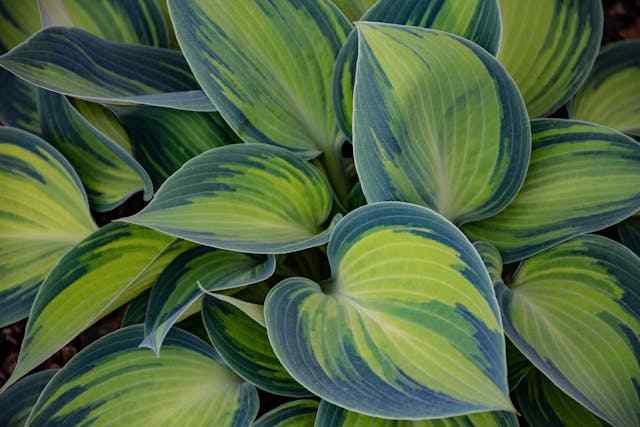
Using hostas in a garden design brings a unique opportunity to showcase texture and color within shaded areas. Here are some relevant design tips to consider:
Layering and Depth: Install taller varieties toward the back of a flower bed with shorter ones in front. This layered effect creates depth and visual interest.
Contrasting Colors and Textures: Mix the various leaf shapes and sizes of hostas with contrasting plants. Incorporating ferns or shade-tolerant annuals can create an attractive tapestry of foliage.
Edging and Pathways: Use hostas as natural borders along pathways or to create a lush edge around patios. Their beautiful foliage softens hard edges and enhances outdoor spaces.
Seasonal Interest: Choose hosta varieties that bloom at different times during the growing season. Some hostas produce stunning flowers that can add additional color and interest to your shaded garden.
Creating a Focal Point: Incorporate a particularly unique or large variety of hosta as a focal point to draw eyes to a particular corner of your yard.
By thoughtfully designing your garden, hostas can create serene, tranquil spaces that enhance the overall aesthetics of your outdoor areas.
Conclusion: Embracing the Shade with Hostas
In summary, hostas can indeed grow in full shade, although they may not reach their full potential without exposure to some light. They thrive best in partial shade with rich, well-draining soils. By selecting the right varieties, maintaining soil health, and ensuring proper watering and fertilization, you can create a thriving hosta environment even in the dimmest corners of your garden.



